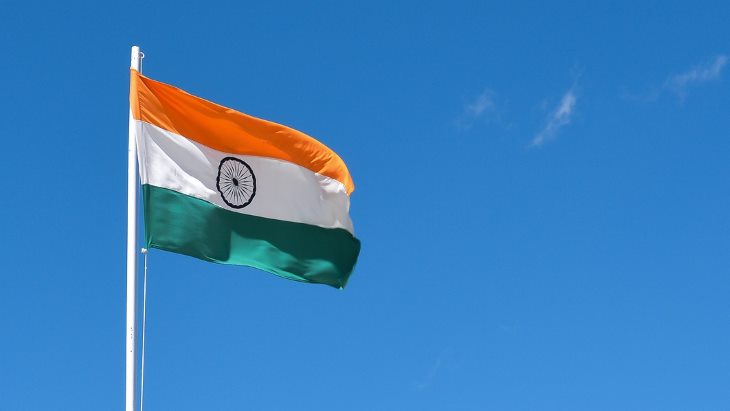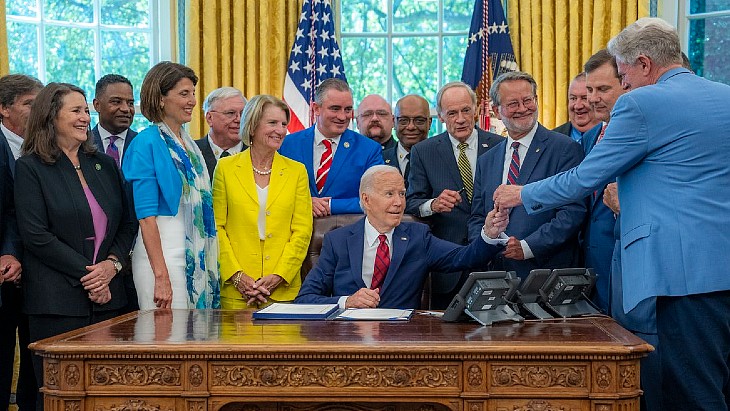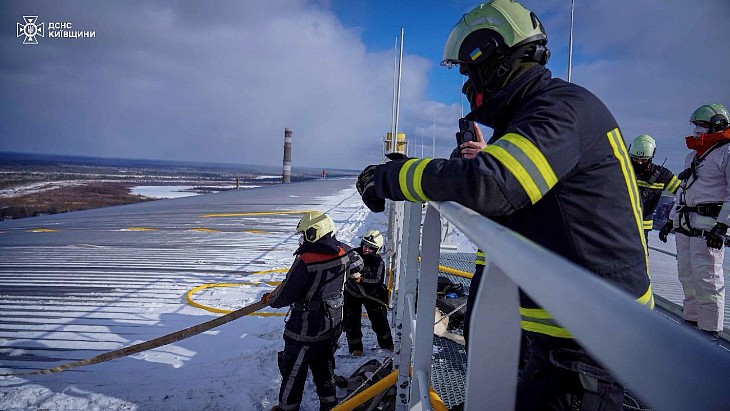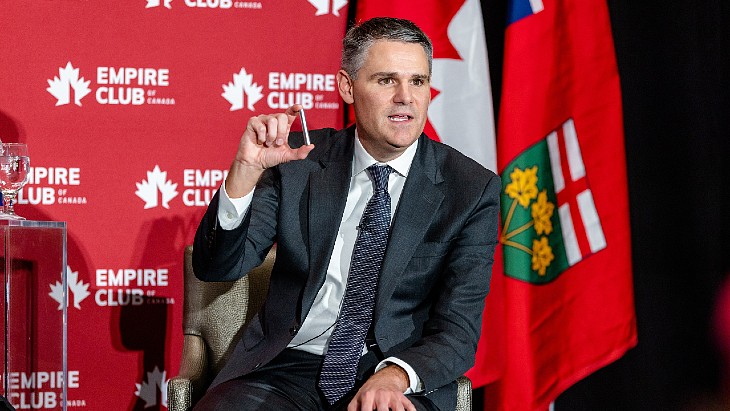IAEA team completes Indian regulatory review

An Integrated Regulatory Review Service (IRRS) team of international senior regulatory experts and IAEA staff carried out a 12-day follow-up mission to review progress in the implementation of recommendations and suggestions made during an initial mission in 2015. The scope of the follow-up mission was extended to include reviewing radiation sources used in research, industry, medicine and agriculture, as well as regulatory activities in relation to the country's nuclear power plants.
IRRS missions are designed to strengthen the effectiveness of the national nuclear and radiation safety regulatory infrastructure, based on IAEA safety standards and international good practices, while recognising the responsibility of each country to ensure nuclear and radiation safety. The previous mission to India had found a strong commitment to nuclear safety and identified good practices, but had recommended strengthening regulatory independence.
The follow-up mission was conducted at the request of the Indian government and hosted by the Atomic Energy Regulatory Board (AERB). India has 22 nuclear reactors in operation at seven plants, with a total installed capacity of 6,780 MWe, as well as eight reactors under construction.
The AERB generally implements the regulatory process and safety requirements in accordance with the IAEA safety standards, the IRRS team said, adding that work done to integrate regulatory processes into an online platform has "significantly improved" the efficiency of the processes to regulate radiation sources.
The IRRS team included seven senior regulatory experts from Canada, Finland, Romania, Slovenia and the USA, and three IAEA staff members, and was led by Ramzi Jammal, executive vice president of the Canadian Nuclear Safety Commission, who also led the 2015 mission.
"The AERB has acted on all of the recommendations and suggestions of the initial mission of 2015 and, as a result, significant improvements have been made in many areas," Jammal said. India and the AERB "should take pride" in their achievements, he added, and encouraged the AERB "to continue their improvements to ensure that the public, workers and the environment remain protected."
Actions taken to directly address the recommendations of the 2015 mission included an improved inspection programme, with enhanced training and strengthened powers of inspectors; updated staff qualification and training programmes aimed at building and maintaining necessary expertise; and the establishment of a process for regularly reviewing regulations and guides.
The IRRS team said it was important for the government to ensure that the AERB has sufficient resources to continue their international engagement on the development of safety standards and the exchange of information on nuclear and radiation safety. Recommendations for further improving India's regulatory arrangements include: systematically including safety assessments in licence applications; revising the frequency of planned inspections and the duration of validity of regulatory consent in line with a graded approach; developing a national policy and strategy to define responsibilities in regaining control over so-called orphan sources; and revising regulations and guides to ensure consistency with IAEA safety standards and clarification of the hierarchy of the regulatory documents.
AERB Chairman G Nageswara Rao said he was pleased the regulator's efforts to strengthen the regulatory framework reflected in the draft mission report. "India will continue to focus on the identified areas in line with international safety standards," he said.
The final mission report will be provided to the Indian government in about three months.










_88592.jpg)

